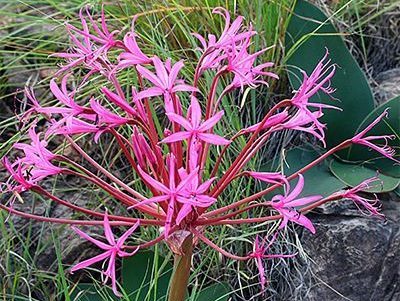
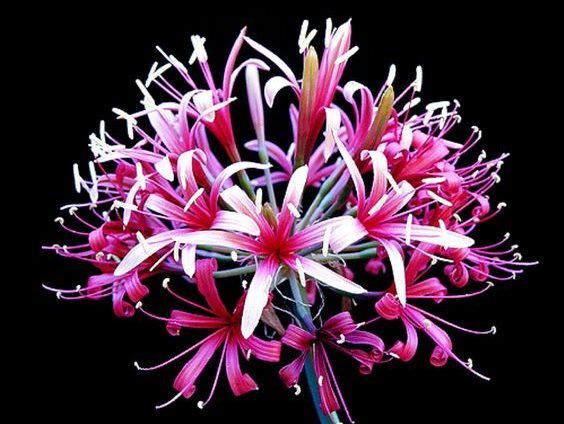
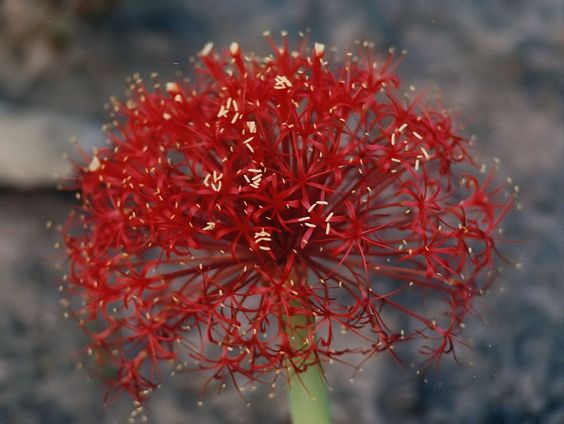
Other Amaryllidacea
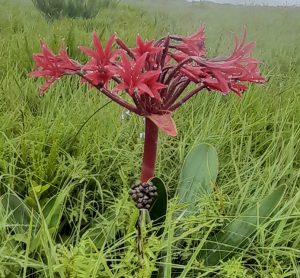
Brunsvigia radulosa
One has to wonder how a bulb that is sometimes smaller than a tennis ball can produce such a massive flower head. In the wild, these fairly uncommon Brunsvigia are found in heavy soil. They are best grown with the bulb completely covered. In late summer the flower head appears. The face of the spray of pink flower is about 300mm-400mm in diameter.
The minimum age of our cultivated bulbs is 3 years however we sell a few mature, flowering aged plants every year at a premium.
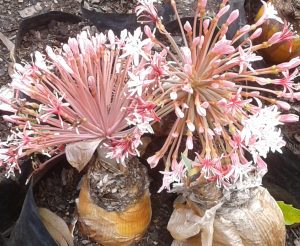
Boophone disticha
This plant seems to never die of old age. Some wild bulbs are as big as a football. It takes between 5 and 7 years to reach maturity and begin to produce flowers. It makes an excellent pot plant. It thrives on neglect and should be watered sparingly. It needs a dry and sunny position. The flowers emerge before the new year’s leaves appear. The flower stems can reach 300-400mm in length. Flower colour ranges from a creamy-yellow, through the pinks and sometimes they are a maroon colour. The flower count is between 30 and 50 starry flowers. The sap is used as a poison, but the outer bulb sheaf is used as a poultice to draw out infections. Consider this bulb to be poison. The minimum size of our cultivated bulbs is 150mm in circumference.
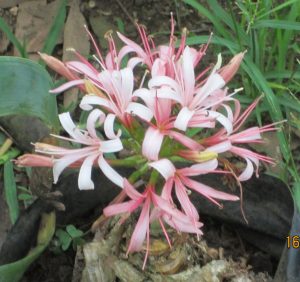
Ammocharis coranica
This plant is surely one of my favourites. It can grow in a humid and hot climate, but it can also be found atop the mountains of Natal. The temperature range can be 38ºC in summer, but it can also drop to -5ºC in winter. Some shade is a must, as is watering, fertiliser and decent drainage. It does very well in a 150mm flower pot and needs to be completely buried for the best results. However, it is a forgiving plant and will still produce flowers if left slightly exposed. Many bulbs flower 3-5 times in succession in early to late summer. Minimum size of our cultivated bulbs is 125mm in circumference.
